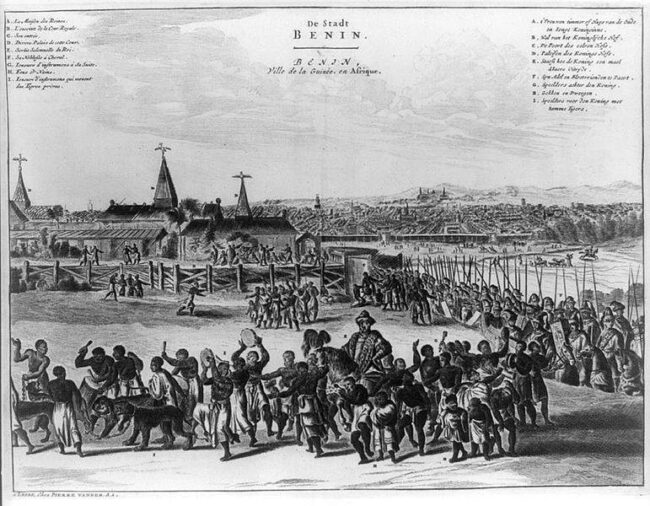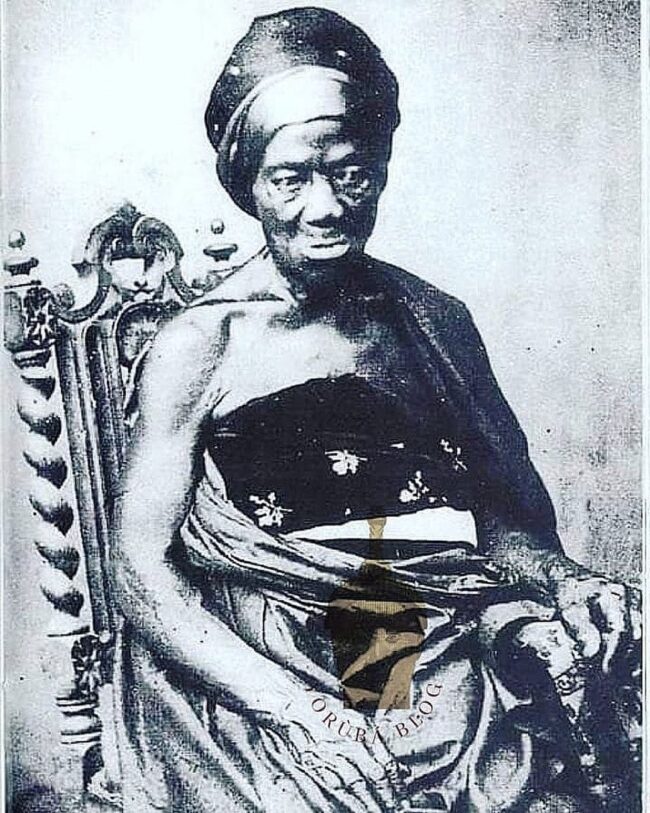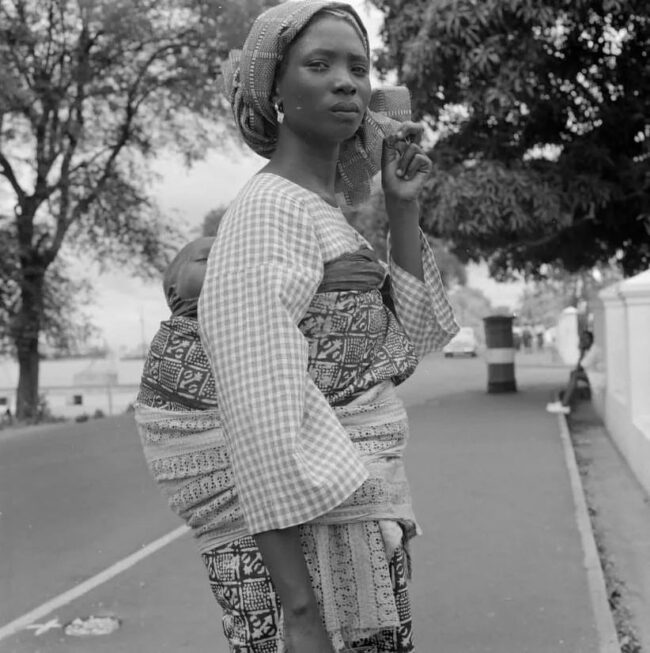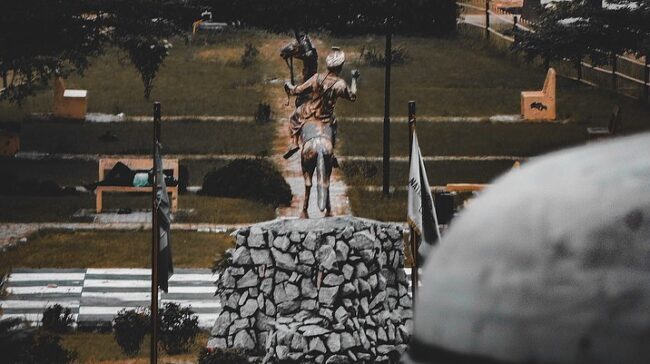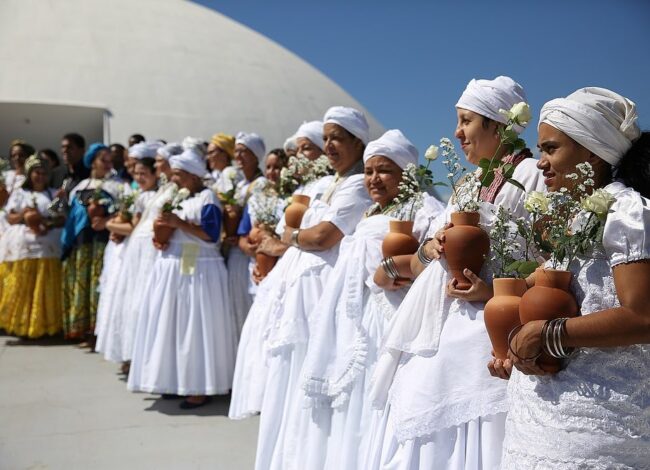In a coup that will go down in history as the bloodiest in the country, Fajuyi paid the ultimate price for refusing to back down in defense of his boss, Gen. Aguyi Ironsi, even though the coupists did not really have him as their target. Even when it came to the last moment, his allegiance to his boss was certain. His body was to be found later, along with the bullet-riddled body of Aguyi Ironsi. A wonderful man and real hero was Col. Adekunle Fajuyi. Col. Adekunle Fajuyi’s bravery and loyalty will go down in history as rare examples of such courage and loyalty. MC BEM Francis Adekunle Fajuyi (June 26, 1926 – July 29, 1966). Fajuyi of Ado Ekiti, who was a teacher and clerk before enlisting in the army in 1943, received the British Empire Medal in 1951 for his role in quelling a mutiny in his unit over food rations while serving as a sergeant in the Nigeria Signal Squadron of the Royal West African Frontier Force. Before the first coup in January 1966, Fajuyi was assigned to Abeokuta as garrison commander, making him the first indigenous commander of the 1st battalion in Enugu. On January 17, 1966, Major General Ironsi took over as the new C-in-C, and he named Fajuyi the Western Region’s first military governor. Along with General Johnson Aguiyi-Ironsi, the Head of State and Supreme Commander of the Armed Forces of the Federal Republic of Nigeria, who had come to Ibadan on July 28, 1966, to speak at a conference of Western Nigeria’s natural rulers, he was assassinated on July 29, 1966, in Ibadan by the retaliation-seeking counter-coupists led by Major T. Y. Danjuma. Six months prior, the civilian regime of Prime Minister Sir Tafawa Balewa was brutally overthrown, resulting in the deaths of the prime minister and several high-ranking government officials, many of whom were from northern Nigeria.


